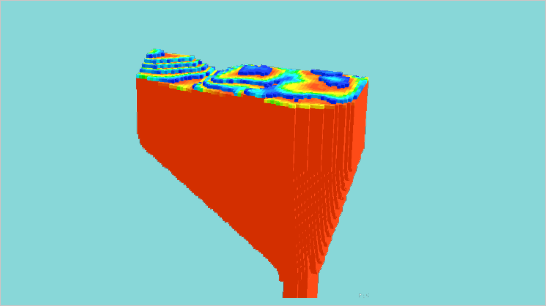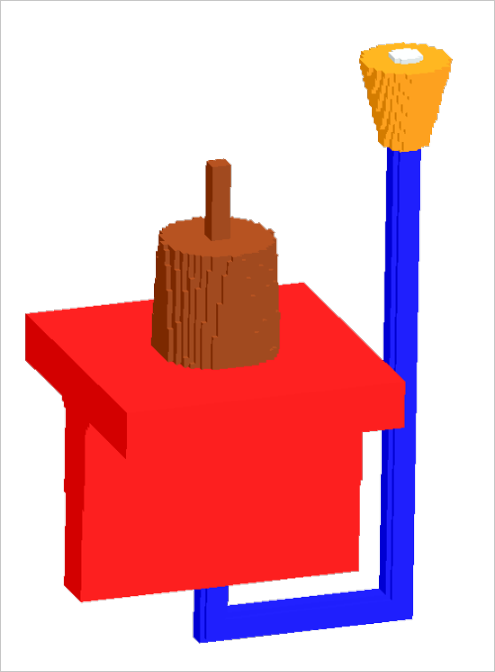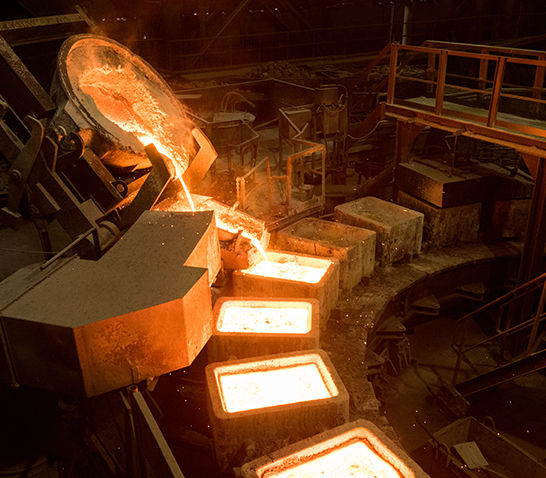Sand Casting (Gravity Casting) is a versatile process where molten metal is poured into a sand mould cavity by gravity, where it solidifies to form castings. One of the oldest and most economical manufacturing processes, sand casting is the most widely used metal casting process in India. Foundry Industry in India has witnessed an overwhelming growth in the past few years and the country is seen as a potential manufacturing hub for multinational companies.

Foundries and casting engineers usually rely on physical prototyping and design iterations to identify and tackle defect potentials in sand casting. This time-consuming process often adds costs and lead time to the firms and projects.
Being a practical and affordable tool, casting simulation software ADSTEFAN helps foundries to minimise physical prototyping and design iterations, and thereby contributes to reduced costs and shorter lead time for them and their customers. The reduction in physical prototyping and design iterations is made possible by ADSTEFAN’s unique virtual prototyping tools which, depending on users’ diverse needs, quickly or accurately simulate the defects caused by suboptimal casting designs and production conditions, such as shrinkage, misruns, cold shuts, and blowholes.
ADSTEFAN’s unique simulation tools Moving Object and Advanced Defect Prediction Tool (ADPT) help foundries to build an efficient sand casting process.

ADSTEFAN’s unique value proposition, the Moving Object function, computes how movements of rigid objects like ladles impact fluid flow behaviours and molten metal temperature. The function also considers the tilting angles and angular velocity of a ladle pouring molten metal when it analyses fluid flow and thus contributes considerably to the accurate predictions of defect potential.
ADSTEFAN’s unique virtual prototyping tool, ADPT leverages the power of machine learning to offer accurate and practical prediction models for casting defects such as shrinkage, misruns, cold shuts, and blowholes, which conventional simulations cannot offer. Based on the physical phenomenon the foundry engineers input on ADSTEFAN, ADPT predicts the probability of casting defects. The excellence of this innovative tool lies in the fact that the tool-shop expertise on relations between casting designs, production conditions, and defect probability can be retained systematically, even for future simulations. In this sense, ADSTEFAN could be a potential aid to foundries talent retention and skill transfers.

For foundries and tool shops, ADSTEFAN:

By leveraging ADSTEFAN’s virtual prototyping functions, foundries can build a robust sand casting process by quickly predicting defect potential with a reduced number of prototypes. For foundries producing large sand castings for valves, pipes, and fittings or the oil & gas sector, it is important to do it right the first time, since scrapping and wasting large castings due to shrinkage not only incurs heavy material and processing costs but also exposes them to the risks of angry customers claiming losses and liquidated damages. For automotive components manufacturers, flexibility and responsiveness are of utmost importance to address changing customers’ designs in a short lead time and impact the customers’ sourcing decisions.
As ADSTEFAN can reduce the necessity of physical prototyping and run virtual prototyping on desktop, foundries can shorten the development lead time by getting rid of designs and fabrications of prototyping moulds and thus, be more flexible and responsive to meet their customers’ development schedule. The software offers broad-level modelling of the sand casting process and empowers users to study various aspects of fluid flow and solidification.
We are here to help you.
Contact Us